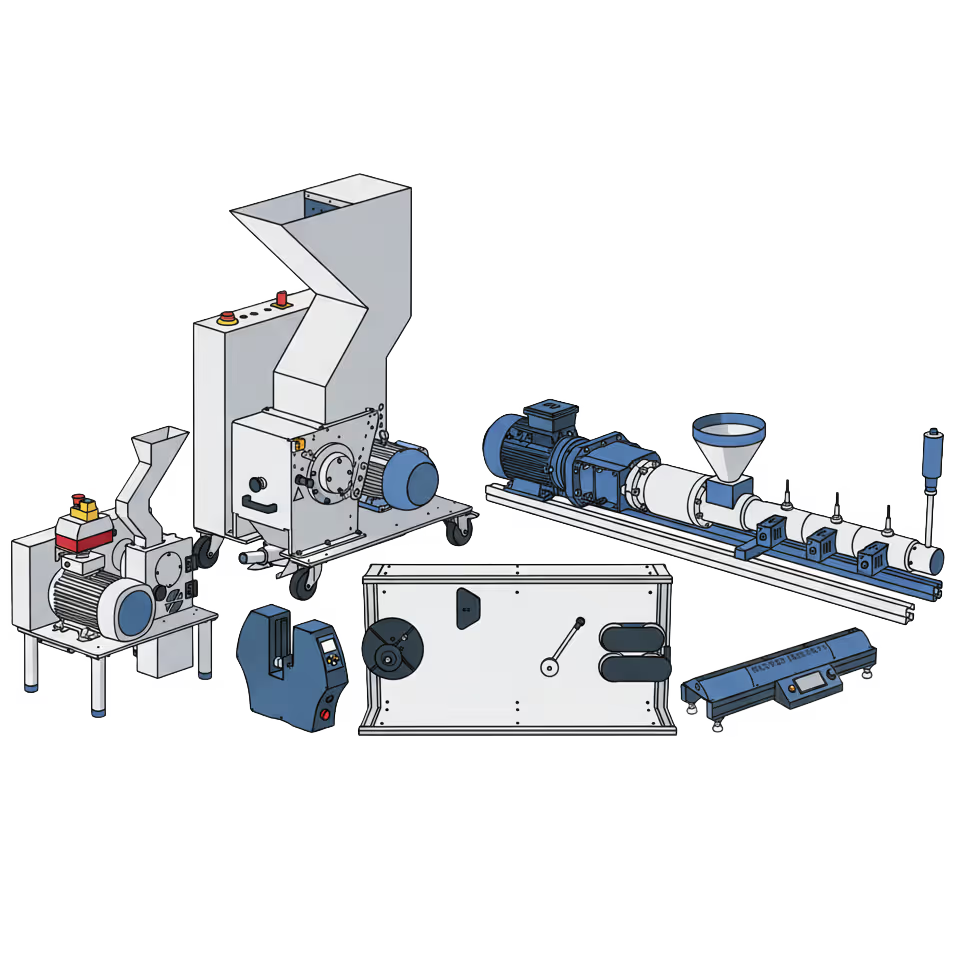From where do we get the bottle caps
It all started with a local collection campaign for bottle caps, which we sorted by hand.
For the expansion of our coil production, we thought about how we could get more bottle caps.
Today, we receive large quantities of old lids from water manufacturers.
When reusable glass bottles are washed, the lids accumulate as waste because they are unscrewed before washing and cannot be reused.
How do millions of bottle caps end up as waste during the washing process?
What happens to the lids of returnable glass bottles?
To get to the bottom of this question, we contacted numerous mineral water producers and found out that every producer or bottler of mineral water is obliged to take back empty bottles. The lids of glass bottles cannot be reused due to the broken safety ring. Before rinsing the glass bottles, the old lids must logically be removed. What exactly happens to the lids afterwards is not fully documented.
A considerable proportion is sent for downcycling, where the colored lids are shredded and only brown or black plastic is recovered, which is used to make flower pots, for example.
Cooperative structure ensures uniform material and lid sizes
A remarkable aspect of this is that the mineral springs in the region are organized in a cooperative structure, which enables a uniform type of material and lid size.
Thanks to the generous support of Martin Schilling, the owner of Brohler Mineralwasser in Koblenz, we were able to regularly purchase 2 million lids. This is roughly the amount that he produces as waste every 3 days.
The lids could be unloaded at our premises when beverages are delivered in our direction.


.webp)










































